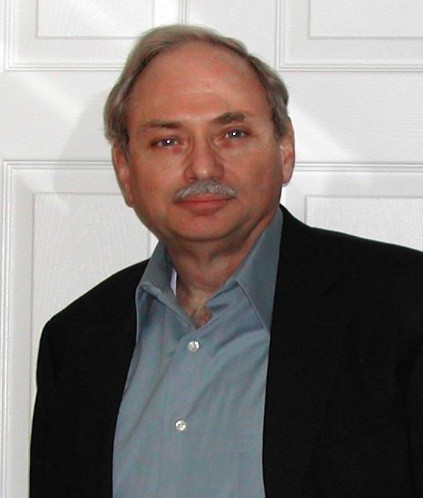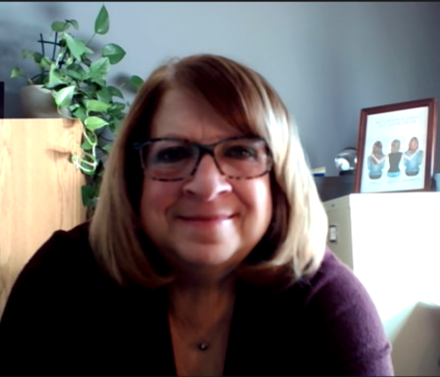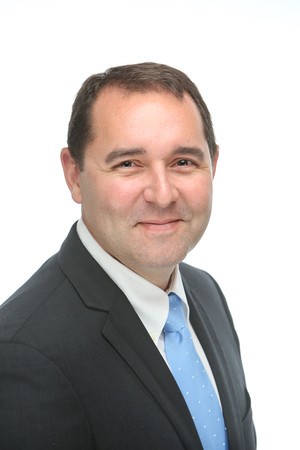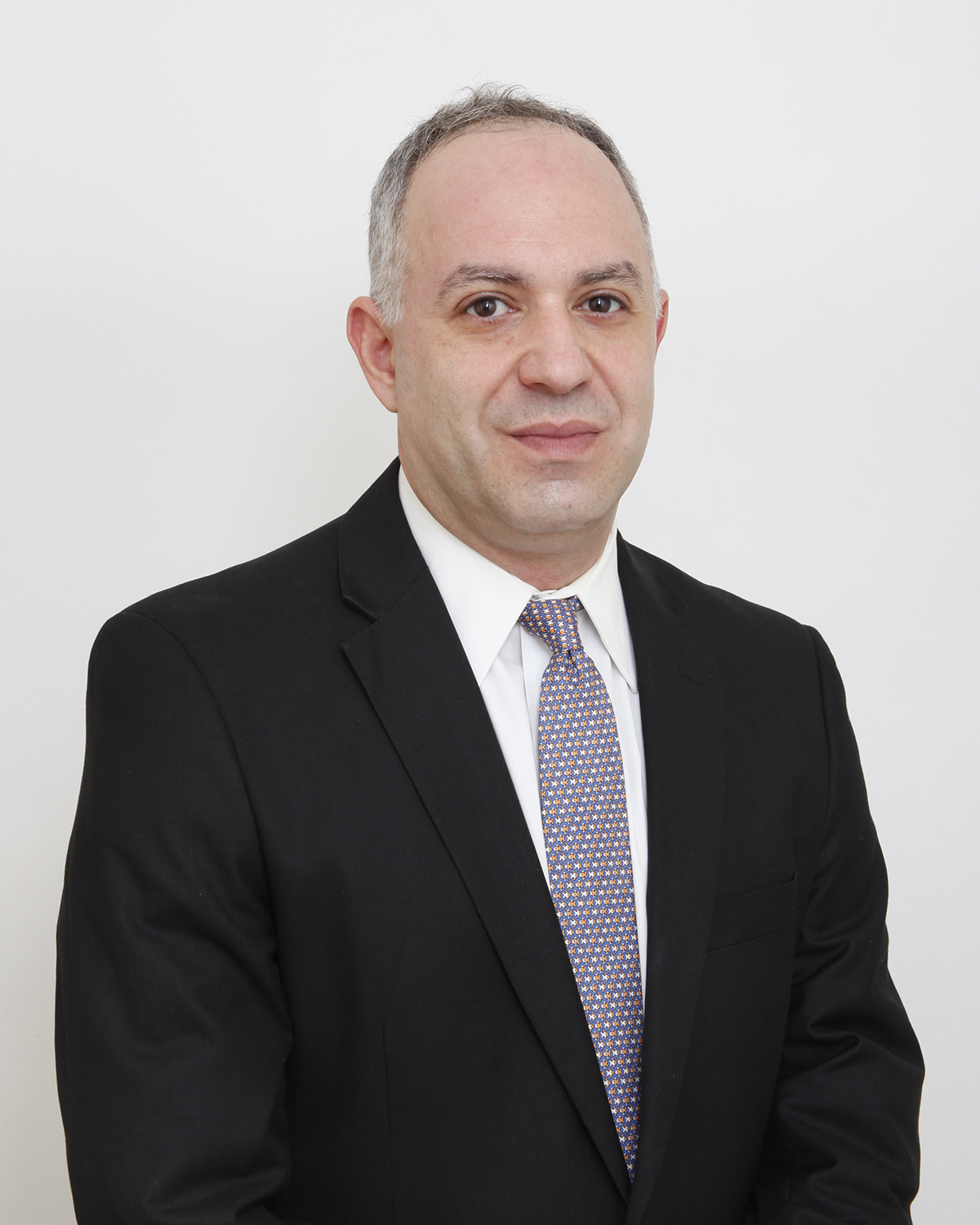Process Failure Mode Effects Analysis: The Newest Approach
Attendees will gain an overview of the newest and most advanced approach to PFMEA, and illustrative manufacturing examples along with an occupational health and safety (OH&S) example. The goal is to make PFMEA more user-friendly and also more effective in terms of ensuring that processes deliver their intended outputs. The webinar will also show how a control plan can be appended to a PFMEA to create a dynamic control plan.
- Attendees will learn how group technology and product families can simplify the generation of new PFMEAs.
- Attendees will understand and be able to apply the process for the creation of a PFMEA according to the new AIAG/VDA approach. This is the webinar's principal focus and will be illustrated with manufacturing examples drawn from Shigeo Shingo's Zero Quality Control and an OH&S example from the Ford Motor Company from almost 100 years ago. Both underscore the superiority of engineering or machine-based controls over administrative or behavioral controls that rely on worker vigilance.
- The new approach for determination of Occurrence and Detection ratings relies on the nature of process controls rather than quantitative estimates of the chance of occurrence.
- The new Action Priority rating overcomes the drawbacks associated with the Risk Priority Number.
- The webinar will also cover the basics of control plans as required by IATF 16949 (and highly recommended for ISO 9001 users regardless of requirements)
- Role of PFMEA in advanced quality planning (AQP)
- PFMEA Basics
- PFMEA Process; this approach helps ensure that all potential failure modes are identified and addressed.
- Structure Analysis; defines process flow, process steps, and the work elements (factors) that affect the process steps.
- Function Analysis; identifies what each process step, and its work elements, are supposed to do. This lays the groundwork for failure analysis, as a failure of a process step to perform its intended function is the failure mode whose failure cause is non-performance by a work element. The failure effect is the consequence of the deliverable of the process as a whole.
- Failure Analysis; identifies failure modes, failure causes (formerly known as failure mechanisms), and failure effects.
- Risk Analysis; defines the Severity, Occurrence, and Detection ratings for each failure mode, along with the Action Priority. This is where prevention and detection controls are considered.
- Optimization; controls are added or improved to disable failure causes and therefore failure modes, and/or actions are taken to mitigate or remove failure effects.
- Documentation; the PFMEA output is a quality record that becomes part of organizational knowledge (ISO clause 7.1.6) and the lessons learned are deployed to similar processes throughout the organization (read across/replicate process).
- A control plan can be appended to the completed PFMEA to create a dynamic control plan
Process failure mode effects analysis (PFMEA) has long been part of advanced quality planning (AQP) or advanced product quality planning (APQP). Previous approaches were subject to drawbacks and limitations such as (1) the need to quantify the probability of a failure mode's occurrence and (2) the status of the risk priority number (RPN) as the product of three ordinal numbers (Severity, Occurrence, and Detection).
The newest approach, as described by the AIAG/VDA (2019) FMEA handbook, does away with these limitations while offering a logical and structured FMEA process that helps ensure that all potential failure modes are identified and then disabled or at least suppressed. The tables for assessment of Severity, Occurrence, and Detection are easy to understand, and Occurrence and Detection ratings are based not on quantitative estimates but rather on the nature of the process' prevention and detection controls, which are in turn synergistic with the control plan that is required by IATF 16949 (and recommended very highly for ISO 9001 users). The Occurrence and Detection tables also make it clear that engineering controls, or machine-based controls, are superior to administrative controls that rely on worker vigilance. This principle is consistent with Shigeo Shingo's Zero Quality Control: Source Inspection and the Poka-Yoke System.
The new approach also replaces the RPN with an Action Priority (Low, Medium, or High) that depends on the Severity, Occurrence, and Detection ratings with Occurrence receiving more weight than Detection. This reinforces the principle that it is better to prevent the defect or nonconformance (e.g. with poka-yoke or error-proofing) than to detect it after the fact, even if the detection controls (e.g. self-check systems) intercept the defect before it can reach the next process.
- Quality and Manufacturing managers
- Engineers
- Technicians
- Others with responsibility for AQP or APQP
- Users of IATF 16949:2016 and ISO 9001:2015 responsible for the planning of product realization
- Safety professionals regarding the OH&S aspects of PFMEA
William A. Levinson, P.E., is the principal of Levinson Productivity Systems, P.C. He is an ASQ Fellow, Certified Quality Engineer, Quality Auditor, Quality Manager, Reliability Engineer, and Six Sigma Black Belt. He is also the author of several books on quality, productivity, and management, of which the most recent is The Expanded and Annotated My Life and Work: Henry Ford’s Universal Code for World-Class Success.
Upcoming Webinars





























































